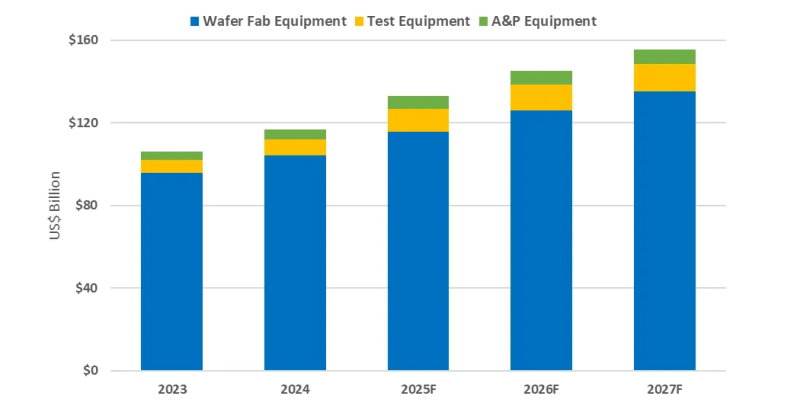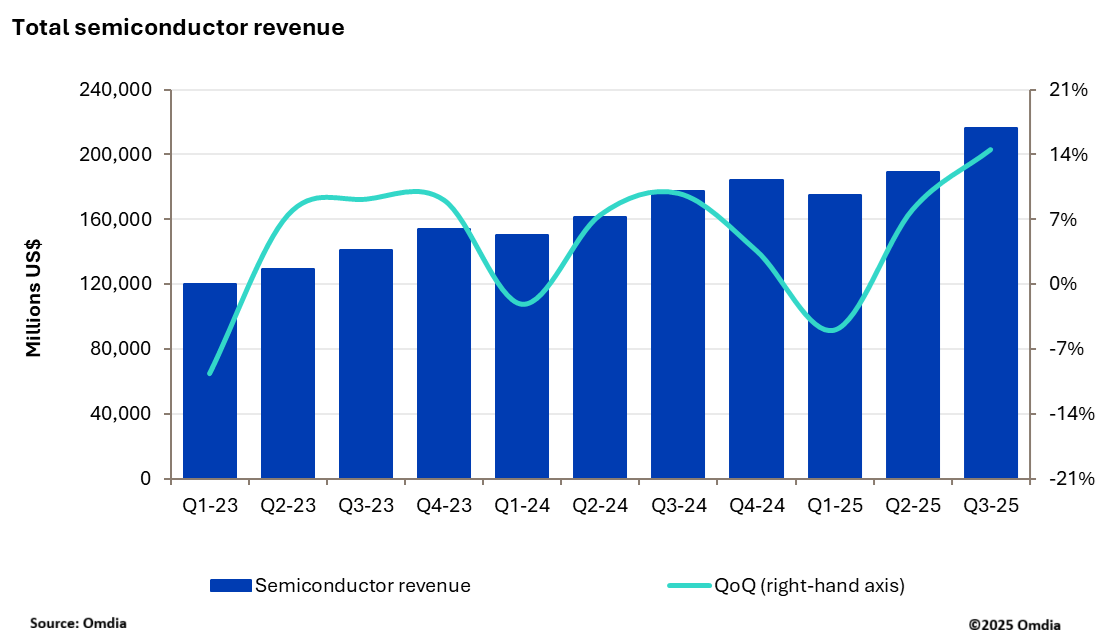China’s key factory activity gauge closed the year with a contraction for a third straight month, suggesting that the world’s second-biggest economy may need more policy support to accomplish Beijing’s economic stabilisation goals in 2024.December’s official manufacturing purchasing managers’ index (PMI) fell to 49 from November’s 49.4, according to data from the National Bureau of Statistics released on Sunday.
This was much worse than the median forecast for 49.5 in a Reuters poll, as China’s first post-Covid year ended with a weaker-than-expected recovery.Earlier this year, PMI readings fell for five months in a row starting in April. After a brief expansion in September, they started falling again in October.
A reading above 50 typically indicates expansion of activity, while a reading below that suggests a contraction.
The statistics bureau pointed to an “increasingly complicated, tough and uncertain” external environment as a key reason for the continued fall.
Stay up to date with the latest in industry offers by subscribing us. Our newsletter is your key to receiving expert tips.

Worldwide semiconductor equipment sales are projected to grow 13.7 percent in 2025, reaching a record 133 billion dollars, Semi announced at Semicon Japan. This momentum is expected to continue throug

The smartphone industry is facing considerable cost challenges in 2026 amid ongoing memory supply shortages and rising prices. This situation is expected to lead to a 1.6% decrease in annual shipments

New research from Omdia shows that the semiconductor market delivered a record breaking performance in 3Q25 with industry revenue reaching $216.3bn, up 14.5% quarter-over-quarter (QoQ). This marks the